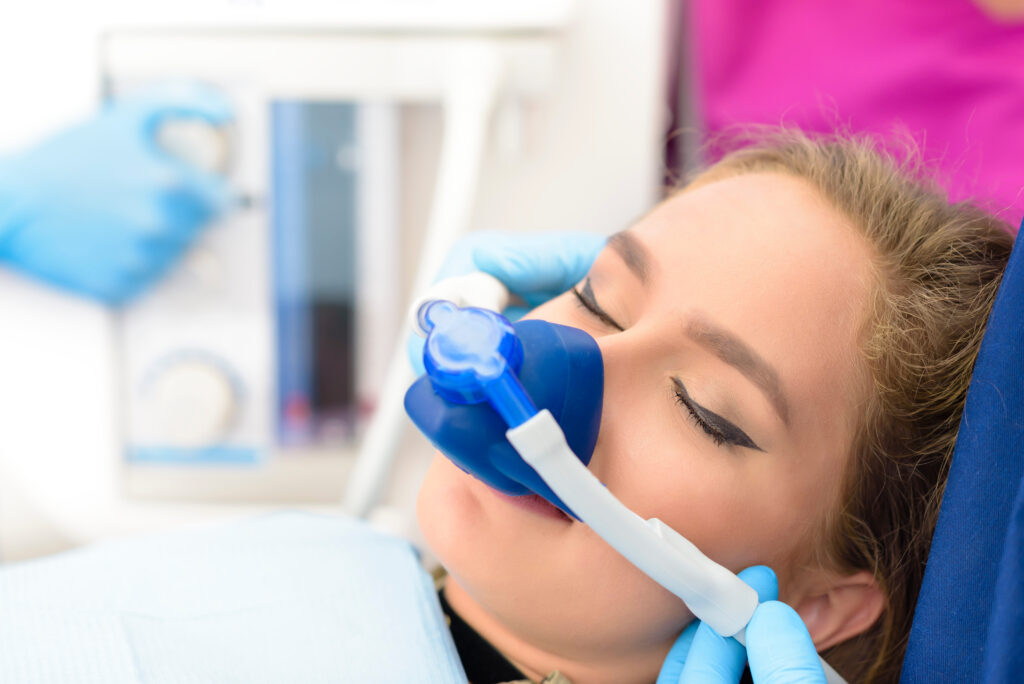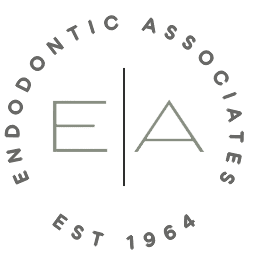
Nitrous Oxide (sometimes referred to as “laughing gas”) is a non-irritating, colorless gas which you can breathe.
Nitrous Oxide has been the primary means of sedation in dentistry for many years. When using nitrous oxide, you will be monitored by a registered dental assistant and we use a fail-safe device on all regulators, to insure that you receive the proper ratio of oxygen to nitrous oxide.
There are many advantages to using Nitrous Oxide
- The depth of sedation can be altered at any time to increase or decrease sedation.
- There is no after effect such as a “hangover”.
- Inhalation sedation is safe with no side effects on your heart and lungs, etc.
- Inhalation sedation is very effective in minimizing gagging.
- It works rapidly as it reaches the brain within 20 seconds. In as little as 2-3 minutes its relaxation and pain killing properties develop.
Disadvantages of Nitrous Oxide
You should not use Nitrous Oxide if you have been diagnosed with chronic obstructive pulmonary disease (COPD) or if you are pregnant. Though there are no other major contraindications to using nitrous oxide, you may not want to use it if you have emphysema, M.S., a cold or other difficulties with breathing.
If you are interested in using Nitrous Oxide during your procedure, please let us know when you are making your appointment.

